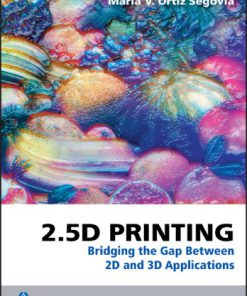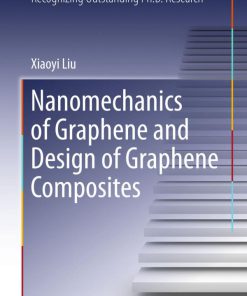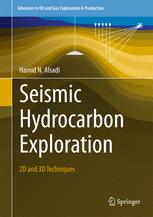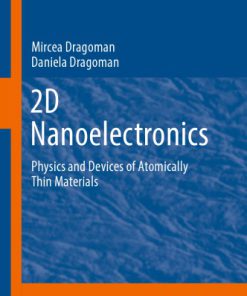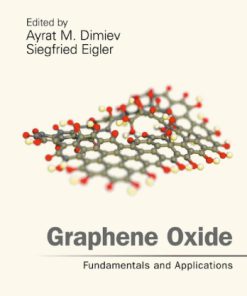2D and 3D Graphene Nanocomposites Fundamentals Design and Devices 1st Edition by Olga E Glukhova ISBN 0429513607 9780429513602
$50.00 Original price was: $50.00.$25.00Current price is: $25.00.
2D and 3D Graphene Nanocomposites Fundamentals Design and Devices 1st Edition by Olga E Glukhova – Ebook PDF Instant Download/Delivery: 0429513607, 9780429513602
Full download 2D and 3D Graphene Nanocomposites Fundamentals Design and Devices 1st Edition after payment
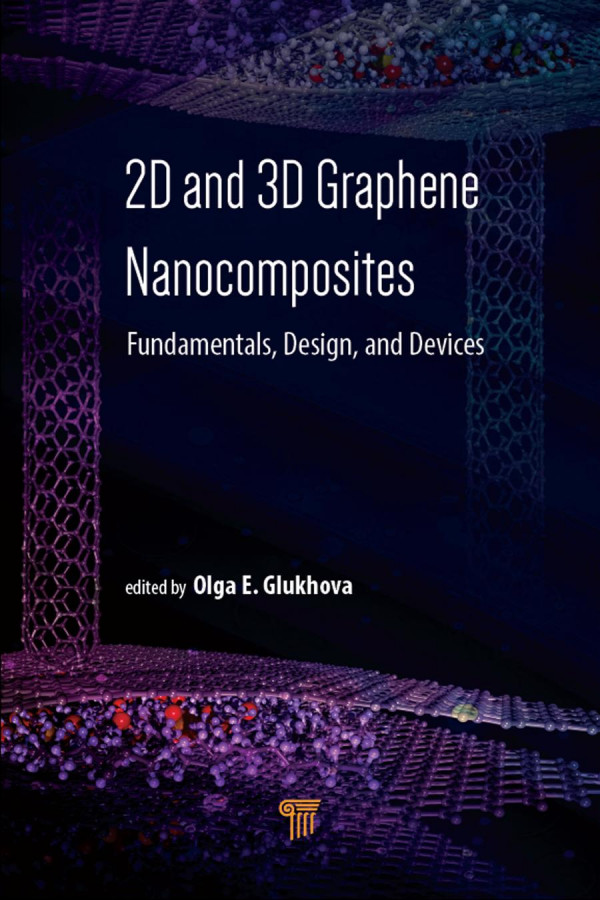
Product details:
ISBN 10: 0429513607
ISBN 13: 9780429513602
Author: Olga E Glukhova
In recent decades, graphene composites have received considerable attention due to their unique structural features and extraordinary properties. 2D and 3D graphene hybrid structures are widely used in memory, microelectronic, and optoelectronic devices; energy- and power-density supercapacitors; light-emitting diodes; and sensors, batteries, and solar cells. This book covers the fundamental properties of the latest graphene-based 2D and 3D composite materials. The book is a result of the collective work of many highly qualified specialists in the field of experimental and theoretical research on graphene and its derivatives. It describes experimental methods for obtaining and characterizing samples of chemically modified graphene, details conceptual foundations of popular methods for computer modeling of graphene nanostructures, and compiles original computational techniques developed by the chapter authors. It discusses the potential application areas and modifications of graphene-based 2D and 3D composite materials and interprets the interesting physical effects discovered for the first time for graphene materials under consideration. The book is useful for graduate students and researchers as well as specialists in industrial engineering. It will also appeal to those involved in materials science, condensed matter physics, nanotechnology, physical electronics, nano- and optoelectronics.
2D and 3D Graphene Nanocomposites Fundamentals Design and Devices 1st Table of contents:
1 Graphene and Graphene Nanomesh-Based Platforms for Sensing, Transparent Electrodes, and Catalysis Templates
1.1 Introduction
1.2 Graphene in Biosensing Applications
1.2.1 Graphene Surface Modification
1.2.2 Graphene as a Strong Fluorescence Quencher
1.3 Graphene as a Transparent Electrode
1.3.1 Graphene Nanomeshes as TCE Materials
1.3.2 Graphene/Nanotube Hybrid as TE Materials
1.4 Graphene Structures as Templates for Catalytic Nanoparticles
2 Essential Properties of Fluorinated Graphene and Graphene Nanoribbons
2.1 Introduction
2.2 Computational Methods
2.3 Results and Discussions
2.3.1 Fluorinated 2D Graphene
2.3.2 Fluorinated 1D Graphene Nanoribbons
2.3.3 Experimental Measurements
2.4 Concluding Remarks
3 Perspectives of New 2D Films Based on Covalently Bonded Graphene and Carbon Nanotubes for Electronic Applications
3.1 Introduction
3.2 “Method of Magnifying Glass” for Constructing Atomic Models of New Composite Nanomaterial CNT/Graphene Supercells with Covalent Bonds
3.2.1 First Step
3.2.2 Second Step
3.2.3 Third Step
3.2.4 Fourth Step
3.3 Electronic Properties of CNT/Graphene Composite
3.4 Electrophysical Parameters of CNT/Graphene Composite
3.5 Conclusion
4 Control of the Emission Properties of Pillared Graphene
4.1 Introduction
4.2 Emission Properties of Pillared Graphene without Potassium Atoms
4.3 Emission Properties of Pillared Graphene at Different Mass Fraction of Potassium Atoms
4.4 Conclusion
5 Application of 3D Porous Graphene in Emission Electronics: New Atomistic Model and Numerical Estimations
5.1 Introduction
5.2 Atomistic Model of 3D Structure and Film
5.2.1 3D Structure
5.2.2 Film
5.3 Electronic Structure of Glassy Carbon
5.4 Oxidation of 3D/2D Glass-Like Carbon
5.5 Functionalization by Potassium
5.6 Conclusion
6 Atomistic Structure and Electrical Conductivity of Pillared Graphene Films
6.1 Introduction
6.2 Atomistic Structure of Pillared Graphene
6.3 Atomic Structure of Pillared Graphene Films
6.4 Transmission Function of Pillared Graphene Films
6.5 Regularities of Electrical Conductivity for Various Models of Mono- and Bilayer Films of Pillared Graphene
6.6 Conclusion
7 Electro-conductive Properties and Applications of Graphene-DNA Nucleotide Complex
7.1 Introduction
7.2 Method
7.3 Results and Discussion
8 Structural and Electronic Properties of a New Multilayer Graphene/Graphane Material
8.1 Introduction
8.2 Construction of Graphene/Graphane Atomic Model
8.3 Electronic Properties
8.4 Conductive Properties
8.5 Conclusion
9 New Physical Effects in Graphene/C60 Hybrid Systems
9.1 Introduction
9.2 Computational Details
9.3 Behavior of Fullerene C60 on Graphene with Local Hydrogenation of the Atomic Grid Segment
9.3.1 Graphene Fragment with a Single Hydrogen Atom
9.4 Graphene Fragment with a Local Segment Containing 19 Hydrogen Atoms
9.5 Graphene Fragment with a Local Segment Containing 44 Hydrogen Atoms
9.6 Controlling the Shape of the C60 Trajectory by Varying the Topological Pattern of the Arrangement of Hydrogen Atoms on Graphene
9.7 Conclusion
10 Graphene/Carbon Nanotube Hybrid Material as an Element Base of Optical Nanodevices
10.1 Introduction
10.2 Computational Details
10.3 Results and Discussion
10.4 Conclusion
People also search for 2D and 3D Graphene Nanocomposites Fundamentals Design and Devices 1st:
2d and 3d graphene nanocomposites fundamentals
2d graphene
2d nanocomposites
2d carbon carbon
graphene and 2d materials impact factor
Tags:
Olga E Glukhova,2D,3D,Graphene Nanocomposites,Fundamentals Design,Devices
You may also like…
Engineering - Electrical & Electronic Engineering
Nanoelectronics Fundamentals Materials Devices and Systems Hassan Raza
Computers - Computer Graphics & Design
Computers - Computer Graphics & Design
2.5D printing: bridging the gap between 2D and 3D applications Maria V. Ortiz Segovia
Engineering
Seismic Hydrocarbon Exploration: 2D and 3D Techniques 1st Edition Hamid N. Alsadi (Auth.)



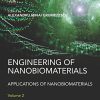
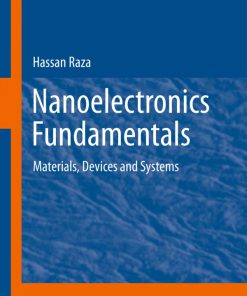

![Python Graphics: A Reference for Creating 2D and 3D Images 1st Edition B.J. Korites [Bernard Korites]](https://textbookfull.com/wp-content/uploads/2024/04/python-graphics-a-reference-for-creating-2d-and-3d-images-7374606-247x296.jpg)
